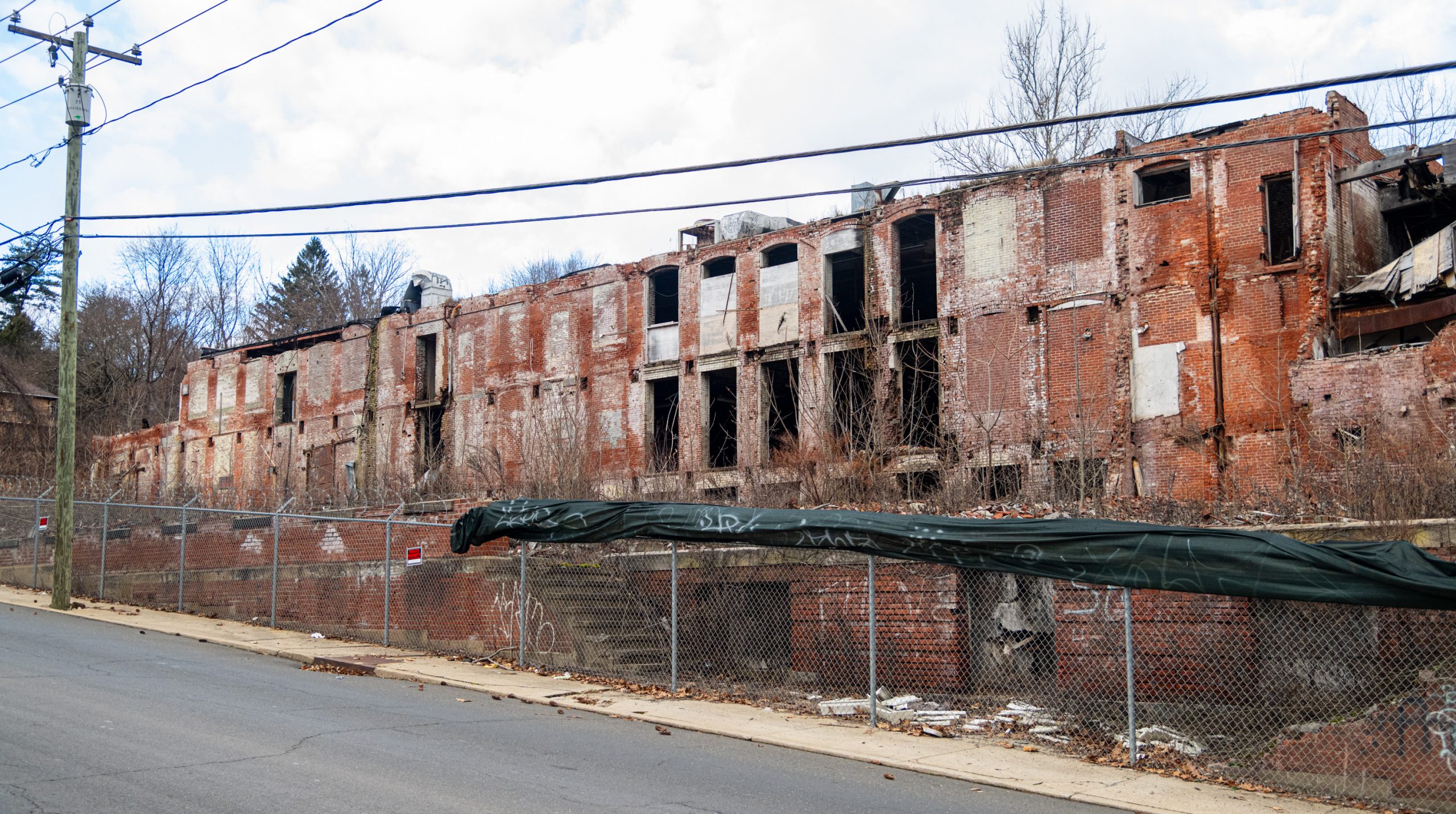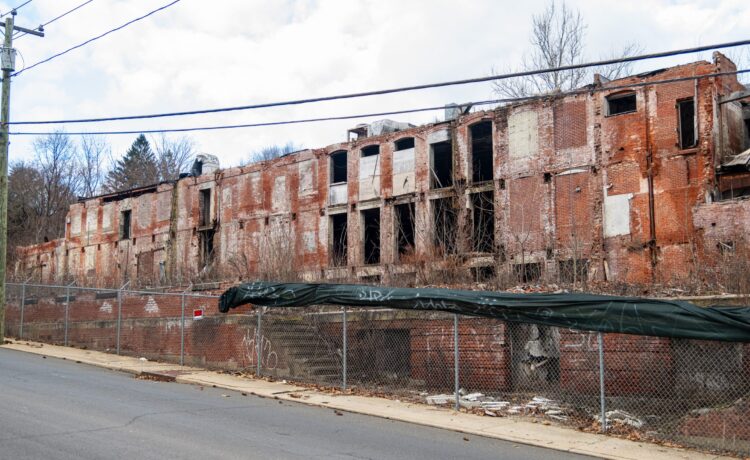BY LIVI STANFORD
REPUBLICAN-AMERICAN
WATERBURY — City officials remained optimistic this week about receiving additional state funding for continued work in remediating the former Bristol Babcock site even though the city did not receive a $4 million grant from the State Department of Economic and Community Development Brownfields program.
Tommy Hyde, interim director of the Waterbury Development Corporation, said he did not view it as a setback.
“It is always disappointing when we do not get the funding at the first shot,” he said. “That being said, the state has been good to us and our brownfield efforts. We have been very successful on pretty much all rounds of brownfield funding. It is not a big deal. We update the application and apply again.”
Jim Watson, spokesman for the Department of Economic and Community Development, said Friday that applications for brownfield funding are competitively evaluated using a rating and ranking system that considers factors such as job creation, private sector funding, shovel-readiness and public policy goals like housing or transit-oriented development, etc.
“This application scored low relative to others mainly because it did not include a private developer or a proposed end use,” Watson said.
Hyde said the reality, given the site’s condition, is it would be impossible to have a developer come at this stage of the game.
Even so, in the next round of applications for state funding, Hyde said he is hopeful that the city will receive funding as they applied for a $2 million grant from the Environmental Protection Agency Brownfield program.
If they receive the EPA funding, they will score higher, giving them a higher probability of receiving the grant, Hyde said.
On Oct. 24, the Board of Aldermen approved acquiring the vacant brownfield, the former Bristol Babcock property at 40 Bristol St. in the city’s Platts Mill neighborhood near the Naugatuck line. The property has remained vacant since 2002 and is in disarray after a fire in 2015 destroyed large portions of the complex.
Developer Norman Drubner agreed to pay the city $1 million, which the city plans on allocating toward securing and demolishing the property.
There are more than 30 brownfields in the city, and the city’s ongoing work includes transforming a dozen sites that threatened human health and the environment into parks, businesses, and commercial and manufacturing spaces.
Mayor Paul K. Pernerewski Jr. agreed with Hyde that the project had not endured a setback.
“There is other preliminary work that has to be done,” he said. “The initial goal is to get the shell of it down and cleaned up and have it stop being an eyesore. The $1 million helps us start doing that.”
The mayor said housing is one of the potential uses for the site, calling it a “good fit.”
But in the same measure, the mayor said it is too early in the process.
The first step is understanding the contaminants at the site, he said.
“The level to clean up a polluted site to residential standards is very difficult,” he said.
The mayor said that community involvement in sharing their thoughts on the redevelopment of the site is important.
“It is in the heart of a residential neighborhood,” he said, adding that overall, there may be a push to make the area open space.
Alderman Majority Leader Christian D’Orso said it is unfortunate that the city did not receive the funding from the state, but he added that this is common.
“I can speak from personal experience that these grants are very competitive, and all we can do is continue to apply for every opportunity that we see,” he said, adding that he is confident that the city will receive what is needed to complete the project.
Hyde said so much work needs to be done on the site that not receiving the funding in this round does not impede the project.
“This is starting from scratch on a brand new brownfield, which takes time,” he said. “We have the ($1 million), and the project continues to move forward.”

Jim Shannon Republican-American
Hyde said the city is moving forward with the project by requesting proposals to hire a contractor to knock down the trees at the site. They then will need to hire a licensed environmental professional to design demolition specs and go out to bid for the actual demolition, which will require more funding.















